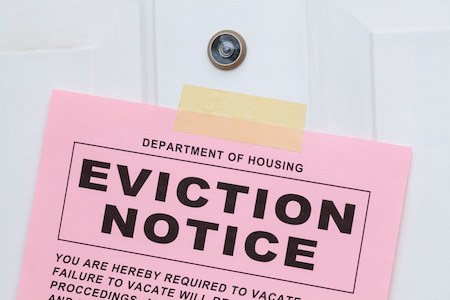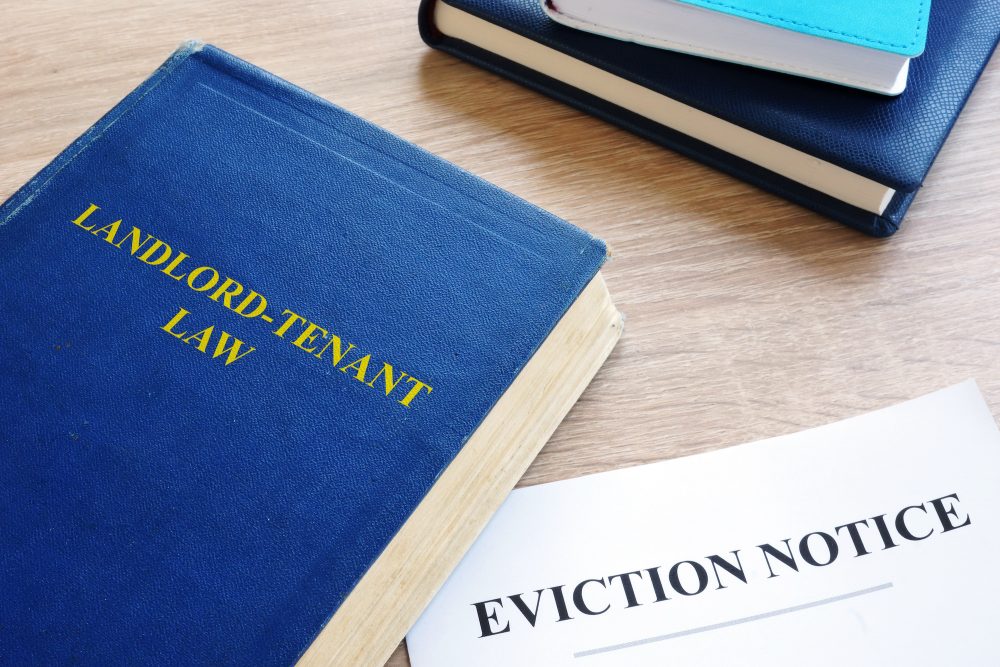Landlords need to be very careful when it comes to evictions and notices, as it can be a very sensitive and difficult subject. If a tenant does not pay rent or violates the terms of their lease, the landlord may need to start the eviction process. As with many other legal matters, this can be a complicated and time-consuming process, so it’s important to understand the law (landlord-tenant law) and know what steps to take. If you’re currently considering evicting a current tenant here are some things you should know.
If you need further help, feel free to call Attorney Alternative. We provide paralegal services and can assist you with filing proper eviction documentation.
What Does “Eviction” Mean?
When a tenant is evicted, it means they are being forced to leave the property they are renting. This can happen for a number of reasons, including failing to pay rent, breaking the terms of the lease, or causing damage to the property. The word eviction is the process of a sheriff forcibly removing a tenant from the rental property, something that, under no circumstances a landlord or new owner is allowed to do or have someone else do for them on their behalf.
What’s Required for a Formal Eviction?
The sheriff will only remove a tenant when they are provided writ. A writ can only be issued once an Unlawful Detainer judgment has been made and only after the landlord has completed the Unlawful Detainer procedure.
But none of this is possible unless you start the process by giving the tenant proper and correct notice. Even if the Court clerk accepted your paperwork, that doesn’t mean the information was accurate. Even if the tenant owes you months of unpaid rent, that doesn’t mean the court will overlook nonexistent or incorrect notice. This means that overlooking the importance of this seemingly inconsequential document can have tremendous results in a successful eviction. Each notice has a set of requirements that must be met, and those rules should identify with the reason(s) why you are evicting your tenant.
How Has the Covid-19 Pandemic Affected Evictions?
In addition, COVID completely changed many rules, and most notices you will find online are outdated and will cost you precious time and money if used by an unwary landlord.
To add more misery on top of that, there is the tenant protection act (TPA) that needs to be followed. The tenants have “just cause termination protections” under California Civil Code 1946.2. And finally, local rules such as those in Fresno County have remained in place since the beginning of COVID; even when the rest of the state has ended them, all must be considered.
Have Questions or Need Help? Call Attorney Alternative, Your Local Paralegal.

Attorney Alternative can prepare a pre-eviction notice at your specific direction; we will provide you an attorney-prepared list of current notices (at the time that we meet) for you to select so that we may begin the eviction process. Our fee for the notice is $100.00, and we can have it ready for service in less than an hour.
Below is the list of pre-eviction notices we are using now.
• 90-Day Notice
• 60-Day Notice
• 30-Day Notice
• 15-Day Notice to Pay or Quit
• 3/30-Day Notice to Pay In 3 And If Not, To Move Out In 30
• 3/3-Day Notice to Perform and Then Quit
• Three-Day Notice to Perform Covenant or Quit (On Its Own)
• Three-Day Notice to Quit (On Its Own)
• Three-Day Notice to Pay Rent or Quit
• All Covid-Related Notices That Stand Alone or Are Required As Content In The Notice You Will Be Using.
Give us a call. We would be more than happy to help you.
Disclaimer:
Information provided through this site has been taken from self-help informational publications provided by the Court or other legal sources believed to be reliable. This information is general, published, factual information and should not be cited on or relied on as legal authority, nor should it be considered legal advice. It is always recommended that you seek legal advice from an attorney before filing any legal proceedings. Many attorneys offer free consultations.

